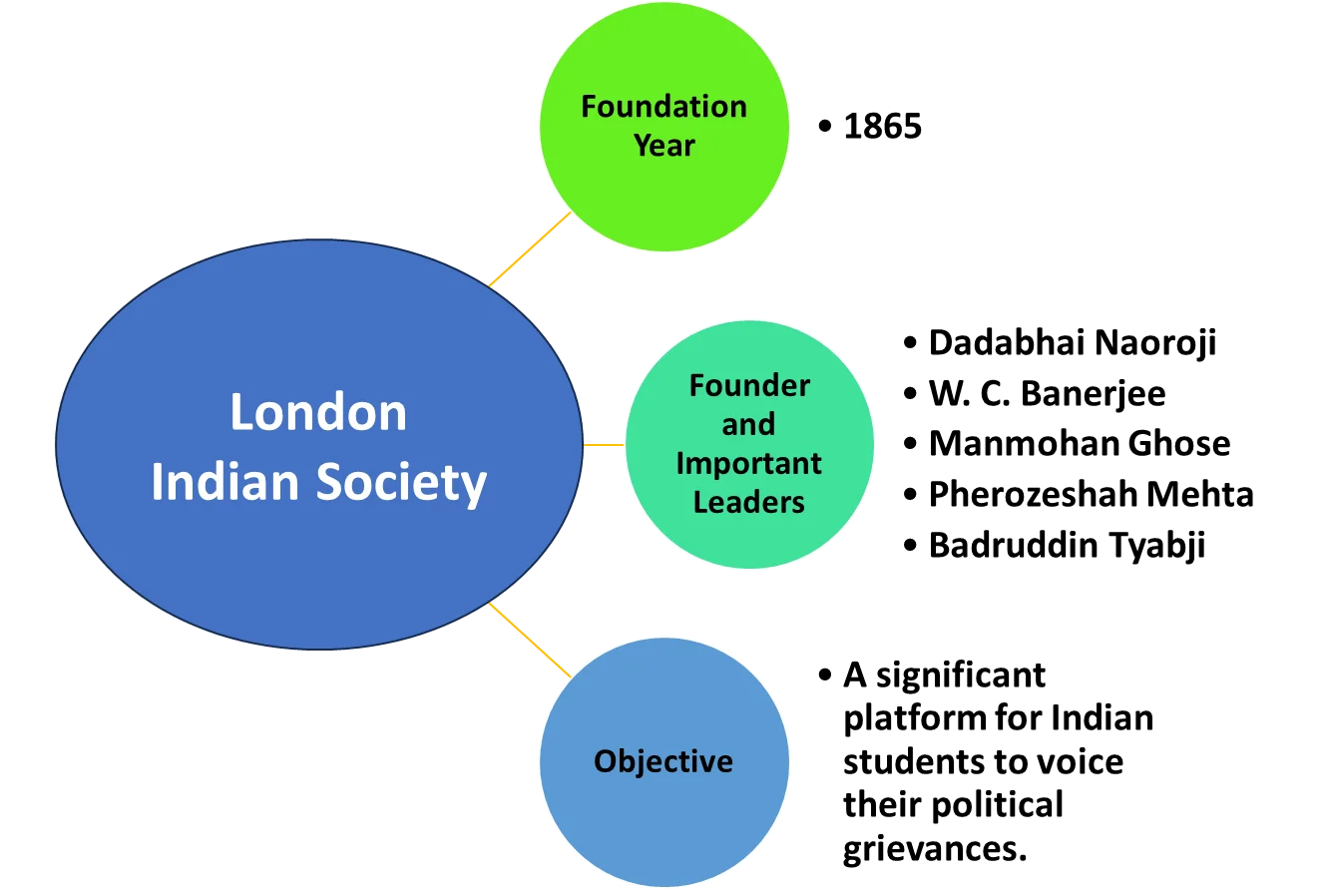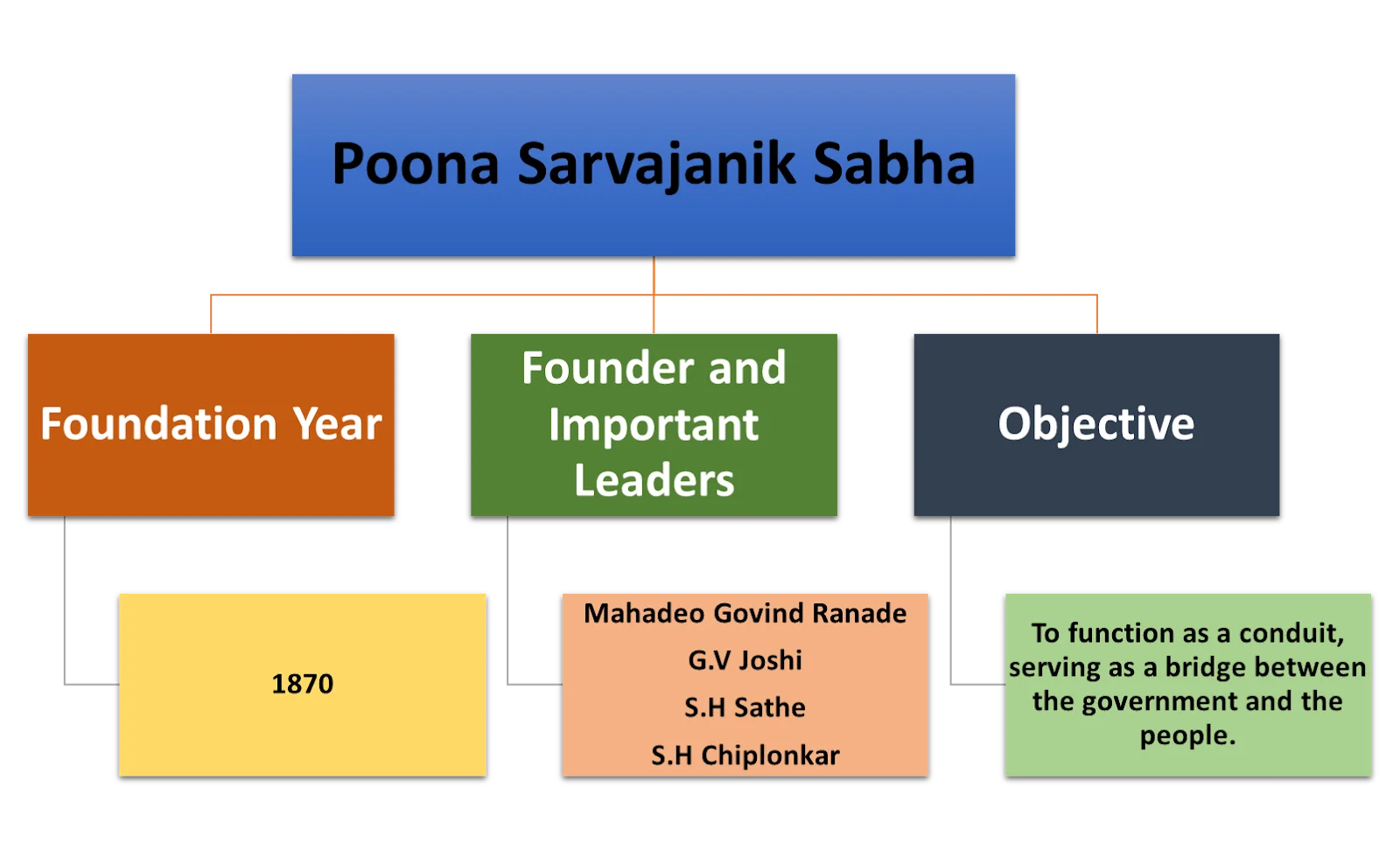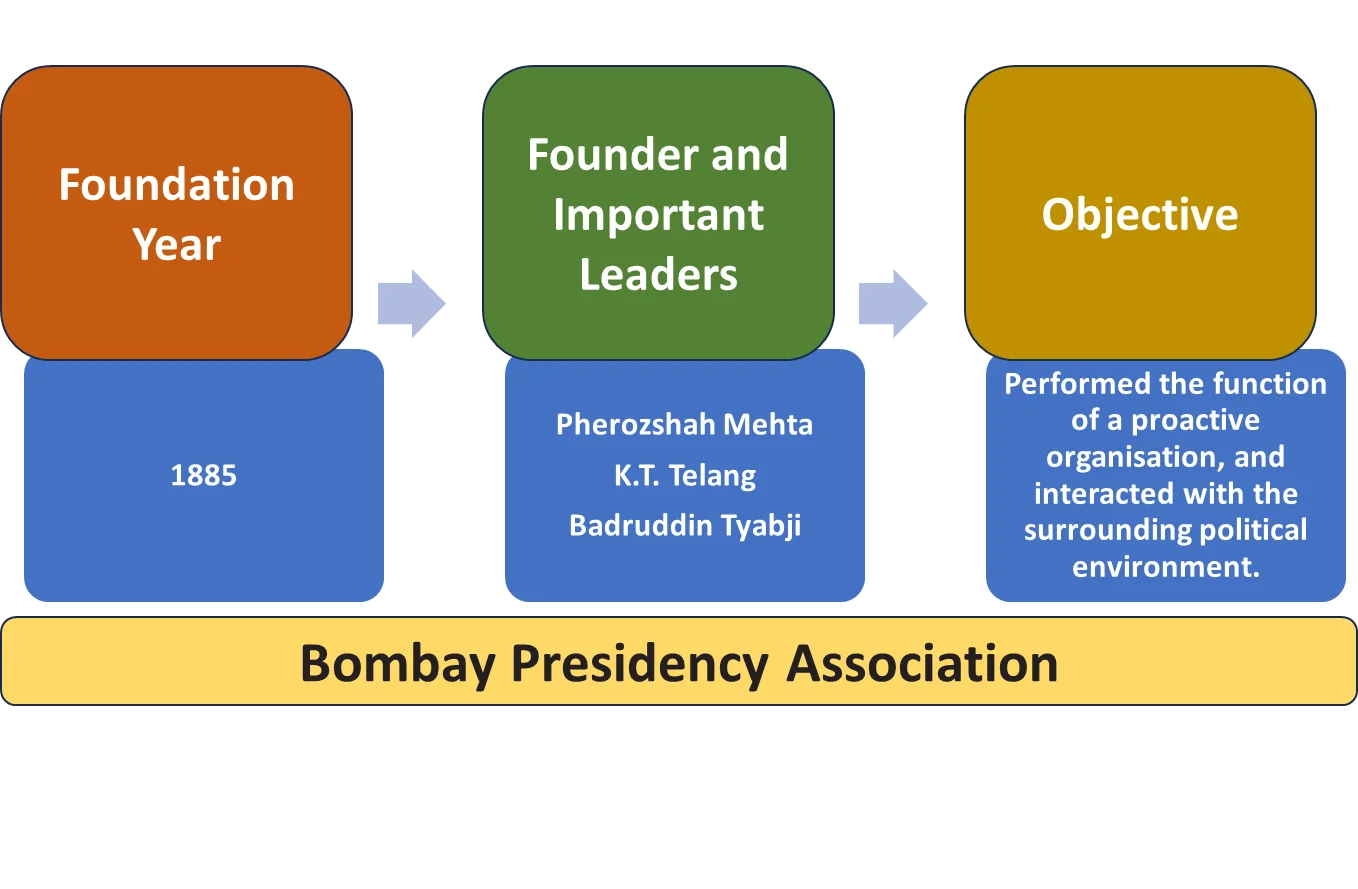To the Bengali Hindus, the English may have seemed like liberators from the oppressive governance of Muslim nawabs. In Maharashtra, however, the British were viewed as external oppressors who had ousted local rulers. In 1841, Shri Bhaskar Pandurange Tarkhadkar expressed his views on British rule in the Bombay Gazette, stating, “If I were to give you (the English) credit for your having saved us from the Pindaris and Ramosis, your trading system stands in the way which has indeed more effectually emptied our purses in a few years than the predatory excursions of these tribes could do in some five or six hundred years. In short, it must be acknowledged that your progress in cunning and craftiness has kept pace with your advancement in knowledge and wisdom.”
Early Efforts for Indian Representation and Reform
Bombay Association
Following the model of the British India Association of Calcutta, the Bombay Association was established on August 26, 1852. It was established by Jagannath Shankarsheth. Bombay Association mirrored the British Indian Association of Calcutta, embodying a collective effort to address prevailing issues. Bombay Association had a new lease of life when in 1876 Naoroji Ferdunji and Dadabhai Naoroji returned from London and gave new life to the dying organisation. But it too faced challenges from a younger generation of Western-educated leaders like M.G. Ranade, P.M. Mehta, and K. T. Telang and the establishment of rival associations, such as the short-lived Western Indian Association.
Objectives
- With a clear focus, the association aimed to petition government authorities in India or England for the resolution of existing problems, prevention of detrimental measures, and the promotion of enactments for the general welfare.
- It actively advocated for the establishment of a new legislative council with Indian representation.
- Condemning policies that excluded Indians from higher services and critiquing extravagant spending on Europeans in sinecure posts, the Bombay Association was a vocal critic of colonial practices.
Regrettably, its impact was short-lived, as the association did not endure for an extended period.
London Indian Society
The London Indian Society was founded in 1865 in London under the fatherly guidance of Dadabhai Naoroji.

Objective
- The London Indian Society served as a significant platform for Indian students, including W. C. Banerjee, Manmohan Ghose, Pherozeshah Mehta, and Badruddin Tyabji, to voice their political grievances.
However, in 1866, the East India Association took over the London Indian Society and included its activities under those of the latter. This was the beginning of the movement, and this was the time when all the Indian concerns were put together in the international arena or scene.
East India Association
The East India Association was established in London in 1866 under the pioneering influence of Dadabhai Naoroji, who collaborated with both Indians and retired British officials in making it possible. Its first President was Lord Lyveden.
Objectives
- The association’s primary objective was to engage in discussions on the Indian question and exert influence on English public opinion for the welfare of India.
- It acted as a vibrant arena for discourses and opinions concerning Indian affairs and thoughts as well as for Indian representation in intercourse with the Administration.
- Interestingly, over time, the association regularly brought out the Journal of the East India Association, which kept up the debate on India’s issues and achievements.
Poona Sarvajanik Sabha
The Poona Sarvajanik Sabha was established in April 1870 under the leadership of Mahadeo Govind Ranade with some other co-founders G.V Joshi, S.H Sathe, and S.H Chiplonkar.

Objectives
- Bridging Government and Citizens: The primary objective of this association was to function as a conduit, serving as a bridge between the government and the people.
- Amplifying Public Sentiments: It was constituted as a main medium, through which sentiments of the larger masses found a voice on their way to create a united society.
Bombay Presidency Association
The Bombay Presidency Association was established in 1885 and prominent personalities such as Pherozshah Mehta, K.T. Telang, and Badruddin Tyabji played an instrumental role in establishing the association. Its formation was a direct response to Lord Lytton’s policies and the contentious Ilbert Bill controversy.

Objectives
- Proactive Engagement: The association performed the function of a proactive organization, and interacted with the surrounding political environment.
- Collaboration: Notably, it has maintained cordial relations with the Poona Sarvajanik Sabha, indicating collaborative efforts among regional associations.
The Bombay Presidency Association’s inception marked a strategic response to colonial policies, underscoring its commitment to advocating for the rights and interests of the people in the Bombay Presidency.
| Must Read | |
| Current Affairs | Editorial Analysis |
| Upsc Notes | Upsc Blogs |
| NCERT Notes | Free Main Answer Writing |
Conclusion
The establishment of political groups in the Bombay Presidency was a significant milestone in the development of Indian political awareness under British control. The Bombay Association, East India Association, and Poona Sarvajanik Sabha all had crucial roles in questioning colonial policies, supporting Indian representation, and increasing public sentiment. While their influence differed, they all played a key role in setting the foundation for the larger national movement, showcasing the increasing opposition to British rule in India.
Sign up for the PWOnlyIAS Online Course by Physics Wallah and start your journey to IAS success today!
| Related Articles | |
| THE ENGLISH IN INDIA | ENVIRONMENT |
| Mahadev Govind Ranade | The Role and Status of Legislative Council |

 GS Foundation
GS Foundation Optional Course
Optional Course Combo Courses
Combo Courses Degree Program
Degree Program









